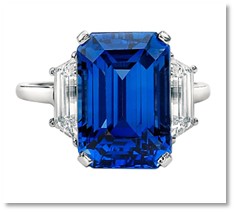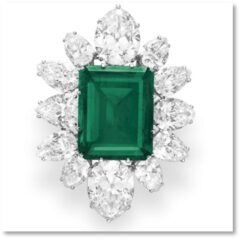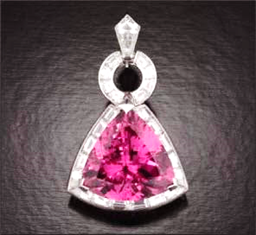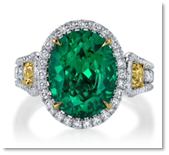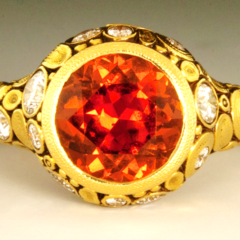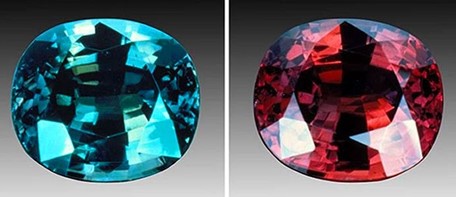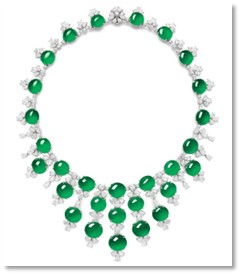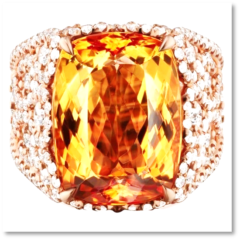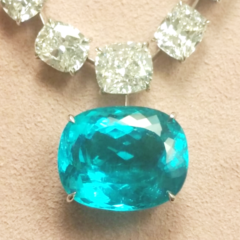These are not the only investment grade gem varieties, by any means. Top specimens of nearly every gem type are collectible, but the harder and most beautiful gems tend to do best as investments. In addition to the ten varieties listed above, we would also mention Tanzanite, Demantoid Garnet, Aquamarine, Purple Garnet, Blue Tourmaline, and Rubellite Tourmaline.
When buying gemstones for investment purposes, it is critical to buy top grade gems. Gemstones with mediocre color or clarity, and or those poorly cut, lacking brilliance and fire are not considered investment quality. Fine gemstones are distinguished by vivid, intense color, outstanding clarity, and excellent cut, with fine color being of utmost importance. Buy the best you can afford, always keeping in mind that this is money not spent but, rather, invested.
Gemstones have been a preferred way of squeezing a large pile of cash into the most compact asset that can be carried in a pocket—a veritable asset whose value has only increased, as indicated by historical data. Historical values of colored gemstones suggest an exponential increase in value. While diamonds have been marketed well and have become a well known investment proposition, colored gemstones are a relatively lesser known commodity. However their gravity-defying per carat sale values overshoot diamonds by several notches.
Just to cite an example, an unheated Burmese Ruby of 8.62 carats sold for $3.62 million at Christie’s in 2006 and set a new world record price for an unheated Burma ruby at $420,000 per carat!
Fine quality gemstones have always and will always be a desired commodity. Even when the economy is in shambles, the price of gems continues to rise and there are always people willing to purchase them. If you have the money to invest, gemstones just might be a good investment for you.


